Results 1,411 to 1,420 of 12095
Thread: Anandtech News
-
01-10-12, 05:10 PM #1411
Anandtech: PowerVR Series 6 “Rogue” GPUs Released To Licensing
With the emphasis on smartphones and tablets at this year’s CES, it should come as no surprise that the various SoC IP developers are focusing their announcements around the show, and PowerVR is among them. In 2011 PowerVR announced their next generation of SoC GPUs, the Series 6 family, based on PowerVR’s Rogue architecture. Now just under a year later PowerVR has announced that they’ve officially released their first GPU designs to licensing for inclusion into SoCs.
Shedding more light on feature support for the first time, PowerVR has announced that the baseline graphics feature set for Series 6 will include support for OpenGL ES “Halti”, the current working name for ES 3.0, itself derived from OpenGL 3.x. In terms of DirectX generations, this would make Series 6 a DirectX 10 part, analogous to the GeForce 8/9/200 series, the Radeon 2000-4000 series, and Intel’s HD2000/3000 iGPUs. Interestingly enough PowerVR will also be offering designs that are DirectX 11.1/OpenGL 4.x compliant, which would bring them to parity with the very latest GPUs from AMD and NVIDIA.
Meanwhile on the compute side OpenCL will also be supported, and while PowerVR doesn’t list the specific version we believe they will be conformant up to version 1.1. Microsoft’s DirectCompute is not specifically mentioned, however at a minimum the DX11.1 parts would need to support it.
Unfortunately at this time PowerVR is still playing their cards close to their chest, so while we know what APIs Series 6 supports, we don’t know much about the configuration of the first two GPUs: G6200 and G6400. G6200 features two “compute clusters”, while G6400 features four of them, though beyond shader blocks we don’t know what a compute cluster entails.
Most likely PowerVR is configuring their GPUs in a method similar to the SGX543 series, where a fixed frontend is coupled with a specific number of shader blocks and ROPs, along with several fixed function DSPs. The biggest question perhaps is whether Series 6’s geometry performance will once again be fixed; SGX543 only scaled the number of USSE2 pipelines, so while PowerVR could grow the number of pixels they could deal with geometry performance was solely a function of a given GPU’s clockspeed.
Long term PowerVR is planning to have designs that offer up to 1 TFLOP of shader performance, which would be nearly 10 times the theoretical shader performance of the SGX543MP16. The initial G6200 and G6400 will be much more conservative, though we don’t have specific performance estimates for them yet.
Finally, as PowerVR is an IP vendor, there isn’t any kind of timeline on availability as this is up to their customers. The only SoC announced to use Series 6 so far is ST-Ericsson’s Nova A9600, which is not scheduled to arrive until sometime in 2013. Given the fabrication ramp-up schedule for most SoCs, any Series 6 equipped SoC is still a year out if not more; in the meantime there are still a number of ARM A15 + SGX543/544 scheduled for later this year. As for larger and more capable GPUs such as the SGX545 the release gap has been closer to 2 years, so DirectX 11.1 SoCs in particular are almost certainly 2014 products assuming PowerVR gets a DX11.1 GPU design out this year.
We’ll have much more on Series 6 later this year as further designs are announced and PowerVR publishes more details about the underpinnings of their Rogue architecture, so stay tuned.
More...
-
01-10-12, 06:20 PM #1412
Anandtech: Sapphire Shows Off Vid 2X, Motherboards, etc.
Sapphire was showing off their latest products in their suite, including a just-in-from-Taiwan Ivy Bridge motherboard, along with X79 and 990FX motherboards for SNB-E and Bulldozer. Also on display were several graphics cards; the 7970 was a given, but the other two are a bit more esoteric. The 6450 Flex includes two DVI-D outputs and an HDMI output, plus an HDMI-to-DVI, allowing to drive three DVI monitors from a low profile card. The other card is a 6670 low profile card, with as far as we know is the only low-profile single-slot CPU with that level of GPU performance.
To go along with their graphics cards, Sapphire is also preparing to start shipping a new product, the Vid 2X. There are two models, one that takes dual-link DVI and can drive two single-link DVI displays at FullHD resolutions. The other Vid 2X has a DisplayPort input and can again drive two single-link DVI displays. We’ve seen other similar hardware before (e.g. Matrox has their DualHead-2-Go product line), but Sapphire’s Div 2X is hardware agnostic and looks at the EDIDs of the connected displays and then presents itself as an EDID display capable of twice that resolution (e.g. 3840x1080 maximum for two connected 1080p displays).
The device can work with any GPU, and if you want to do bezel correction there are six DIP switches that allow you to control bezel correction from as few as 4 pixels up to 186 pixels (in 4 or 6 pixel increments). You can also send a single signal over, and the first DIP switch controls clone or center modes (the latter mostly being for digital signage usage). Sapphire had the Div 2X connected to a MacBook Pro 13 driving two 1080p panels at 3840x1080, along with the laptop’s built-in display. Obviously rendering performance for that many pixels will require a lot more GPU power than the SNB HD 3000, but for other uses that just need lots of displays (e.g. day traders), such products are very popular. Availability should be widespread by the end of the month, with an MSRP of $179.
Another product on display was their Mini-PC Edge-HD3, a netbook packing AMD’s recently updated E-450 APU. The unit is very small and should offer much better performance than previous Atom-based netbooks (including Ion), with 4GB RAM, a 320GB HDD, and HDMI output (along with VGA and audio). Availability is expected in February for around $300.
Gallery: Sapphire Shows Off Vid 2X, Motherboards, etc.





More...
-
01-10-12, 06:20 PM #1413
Anandtech: Hands-on with the Samsung Series 9

The Samsung Series 9 update was announced Monday and we got a peek at Samsung's thinnest notebook ever while at PepCom's Digital Experience, just ahead of CES. The latest refresh brings these non-Ultrabooks to just half an inch at their thickest point, in both 13.3" and 15" display configurations. The 15" model we handled weighs in at 3.5 lbs, while the 13.3" model shaves a pound off the weight. The components mimic the earlier Series 9 laptops, while battery life is quoted as 10 hours for the larger device and 7 hours for the smaller. The only configuration on offer for each size includes a 128 GB, an Intel Core i5-2467M processor and 4GB of soldered on RAM. Both will be available at the end of February for $1399.99 for the 13.3" model and $1499.99 for the 15" model.
Gallery: Hands-on with the Samsung Series 9



Structural rigidity across the body was good with no flex after applying a hefty amount of torsion, and no flex noted in the keyboard. The display was typical laptop fare, with limited viewing angles, but is quoted at 400 nits of brightness. In practice, it looked good, but won't wow you on a long flight while watching a movie. Speaking of movies, no optical drive is available, though Samsung has applied some of their thin knowhow to make room in their actual Ultrabook line, the Series 5 Ultras, for an optical drive and a hybrid NAND/HDD storage solution. We'll grab some hands-on time with the Series 5 Ultras and report in once we hit the show floor.
More...
-
01-10-12, 06:40 PM #1414
Anandtech: Dell Launches XPS 13 Ultrabook
While Dell is one of the last vendors to actually announce an entry in Intel’s ultrabook category, their announcement is a bit of a doozy, and it arrives alongside a mild restructuring and simplification of Dell’s notebook lines.
We’ll start with the most basic information: Dell is stripping their notebook lines down to the essentials: XPS, Inspiron, Alienware, and Vostro. Latitude’s future is nebulous, but the Vostro brand has served Dell well. Each of these remaining lines is clearly cut from the others: Inspiron remains Dell’s budget-oriented consumer brand, while the newly fortified XPS line will serve both upscale consumers and business users alike. Alienware continues to focus strictly on gamers, and Vostro remains the choice for enterprise users.
So what about XPS? Today Dell is launching their ultrabook, the XPS 13. Much like the XPS 14z was able to fit a 14” screen inside a 13” chassis, Dell has fit a 13” screen inside the XPS 13’s 12” chassis. The result is a notebook with a design that feels like it maximizes the space available to it, with a full-sized keyboard and a large screen with a small bezel. Some may complain about the 13” screen’s low 1366x768 resolution, but at that size the resolution is perfectly reasonable.
Details on the XPS 13 are a little thin (see what I did there?) but it’ll be running low voltage Intel Core i5 and i7 Sandy Bridge processors at launch complete with Intel HD 3000 integrated graphics and either a 128GB or 256GB SSD. Dell includes a backlit keyboard, Intel’s Rapid Start technology, and an enclosed 47Whr battery Dell claims is good for up to eight hours of running time. Finally, the starting weight is about three pounds on the dot, no doubt helped by the substantial amount of carbon fiber used in the construction. Dell elected to use aluminum for the frame but eschew it for the interior and bottom surfaces; carbon fiber allows the notebook to feel cooler to the touch and actually be used on your lap.
This is an ultrabook to watch out for. We had the opportunity to go hands on with it recently, and it’s remarkably comfortable, light, and enjoyable to use. It launches today, and we look forward to having one in house for review in the near future.
More...
-
01-10-12, 07:00 PM #1415
Anandtech: Intel Announces its first Medfield Smartphone Partner - Lenovo K800
We're at the Intel keynote here at CES 2012 where Intel has announced one of its first Medfield design wins. Lenovo will be launching a phone based around Medfield in China named the Lenovo K800. The K800 will arive on China Unicom on their 21.1 Mbps HSPA+ network in 2Q2012.
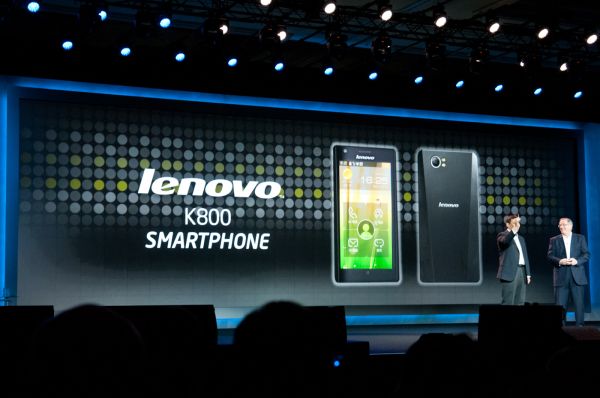
The K800 includes a capacitive multitouch 720p display.
Gallery: Intel CES 2012 Keynote





Intel is showing off its reference platform now which includes an 8 MP camera and 720p display. Intel's reference phone looks pretty beefy, including full "buzzword compliance" with NFC and all the specs a high end smartphone should have.
Updating...
More...
-
01-10-12, 07:20 PM #1416
Anandtech: Intel Announces its Second Smartphone Platform Partner - Motorola
Intel just showed off the Lenovo K800, its first design win with Atom inside. The second partnership was just announced as well, and it's Motorola. None other than Motorola Mobility CEO Sanjay Jha just took the stage with Intel CEO Paul Otellini to announce the partnership. Motorola devices with Intel inside will be in carrier validation this summer with launch shortly after that.
The agreement is multi-year and no doubt will result in multiple Intel-inside mobile devices from Motorola. Looks like those rumors about LG being one of Intel's smartphone platform partners turned out to be just that - rumor. We'll be updating as we learn more.
More...
-
01-10-12, 07:40 PM #1417
Anandtech: Intel Shows off Thunderbolt, AppUp on Ivy Bridge Ultrabook Reference Desig
Intel just dropped a bunch of news about its first smartphone platform partners and their respective products, followed by more news about Ultrabooks. Intel showed off its Ivy Bridge Ultrabook reference design, which folds and transforms from a traditional notebook form factor, to a picture-frame like platform for multimedia consumption, to a tablet.
Working Thunderbolt was shown off on the ultrabook reference design, transferring a bunch of movies and files to a Promise external Thunderbolt device.Next up was a demo with Intel's AppUp store which aims to be a one-stop shop for PC software, and then M-GO, which is a movie and TV show marketplace component of AppUp. The process of purchasing a movie, paying with an NFC-enabled smartphone, and then playing back the move on an LG WiFi display was demoed on-stage.
Source: Intel
More...
-
01-10-12, 07:40 PM #1418
Anandtech: HighPoint Aggressively Pursuing Consumer Market
HighPoint Technologies is going to be a pretty familiar name to users who have heard of their RocketRAID expansion cards, but at CES their booth was surprisingly devoid of enterprise-level RAID kit. Instead we were presented with a fairly aggressive set of consumer class technologies.
That said, probably their biggest product was a new RocketRAID card that includes SSD smart caching technology similar to what ASUS provides as well as the technology in Intel's Z68 chipset. Where the card and technology deviate is impressive, though: HighPoint's card is essentially able to apply an underlying RAID both to the cache and the storage. As a result, you can strap two or three small SSDs to the card and aggregate the bandwidth by striping the cache across them. The card is also able to support multiple storage drives and mirror them. The unit on display used a single Mini-SAS connector to spider out to four SATA 6Gbps connectors. It's compelling stuff.
Less compelling but still interesting, HighPoint is also offering a line of USB 3.0 cards and accessories. Some of the cards use PCIe x4 instead of PCIe x1, allowing the USB 3.0 ports to achieve their full rated 5Gbps of bandwidth as opposed to being limited by host bandwidth.
There are also going to be RocketStor USB 3.0 drive docks, one of which actually supports RAID; the HighPoint rep we spoke to said they had been hesitant to enter into these markets while limited to USB 2.0's bandwidth, but with USB 3.0 it's no longer an issue.
More...
-
01-10-12, 07:40 PM #1419
Anandtech: Intel's Medfield & Atom Z2460 Arrive for Smartphones: It's Finally Here
It's here. Intel's first smartphone SoC that you'll actually be able to buy in a device before the end of the year. The platform is called Medfield and Paul Otellini just announced its first device partners.
Medfield starts out as a bonafide mobile SoC. Whereas Moorestown was a "two-chip" solution, Medfield is just one - the Penwell SoC:
Read on for our introduction to Intel's first real smartphone SoC.
More...
-
01-10-12, 08:00 PM #1420
Anandtech: Lian Li Enclosures, Big and Small
In addition to the craziness going on over at the SilverStone suite, Lian Li had a mountain of new case designs on display. Most of them are smaller units (including one designed for Intel's new vertical form factor), focusing on Micro-ATX and Mini-ITX builds and not too dissimilar from the enclosures we've already tested.
Lian Li's Lancool series in 2012 will be using a steel frame with an all aluminum outer finish, and the enclosures themselves seemed remarkably staid for Lian Li designs. They continue to use the locking drive cage mechanism, but they also have toolless expansion slot fixtures that are remarkably sturdy.
Their old seashell-style enclosure also got an upgrade, and the interior is surprisingly logical given the very unusual size of the enclosure. It supports a Micro-ATX board, with the power supply mounted at the bottom and 5.25" drive bays at the top; 3.5" and 2.5" drives are mounted next to the motherboard on the partition that separates the board from the power supply bay.
Finally, an especially unusual design involved flipping the motherboard 180 degrees laterally, placing the I/O cluster in the front of the enclosure. There's an opening in the front to allow the end user to access the I/O cluster, while video card and other expansion cables are actually routed through the case and out the back. It's an interesting choice, made more compelling by the pair of 120mm intake fans in the front that produce a directed wind tunnel out of the back of the case. We're hoping to get one in when it becomes available.
More...
Thread Information
Users Browsing this Thread
There are currently 4 users browsing this thread. (0 members and 4 guests)






 Quote
Quote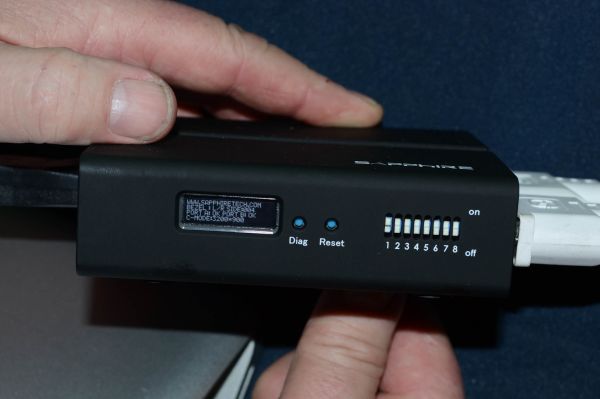

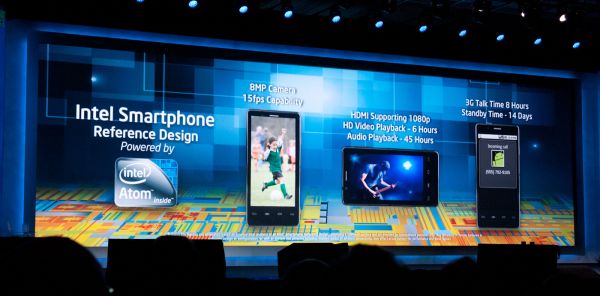

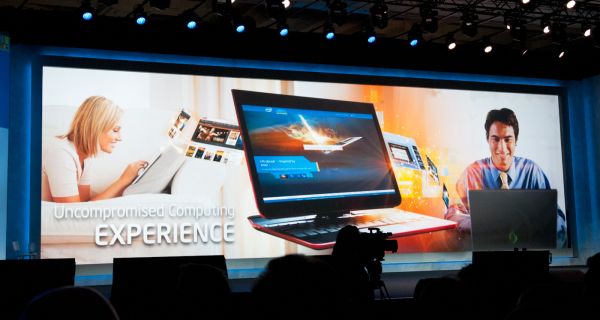
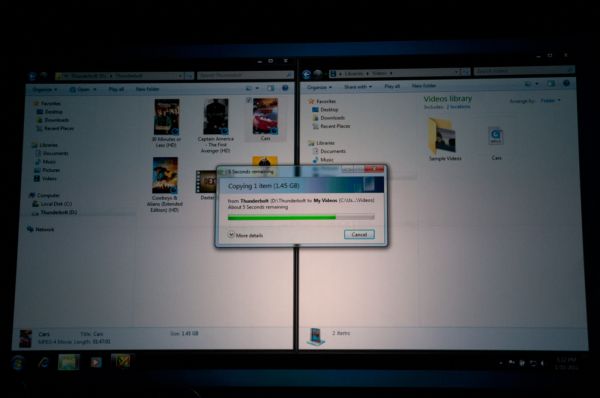
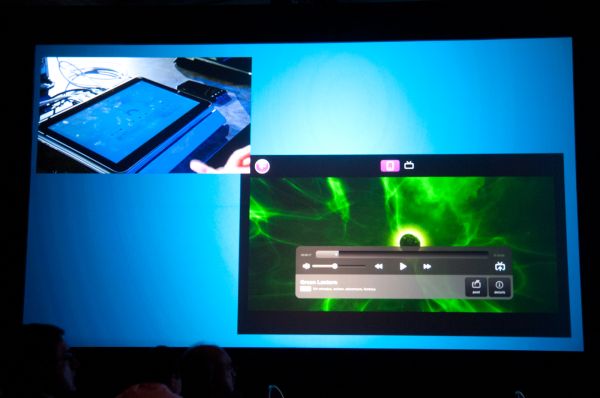


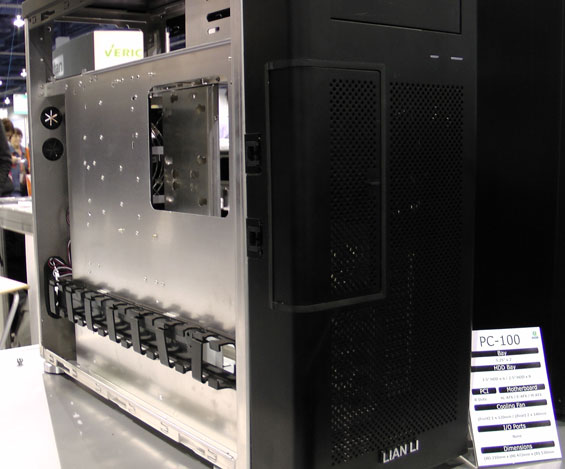
















Bookmarks